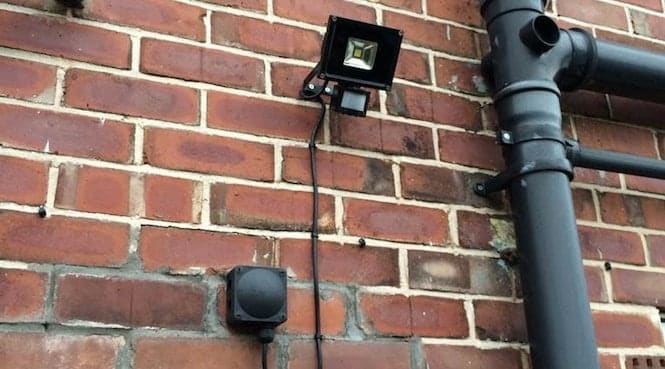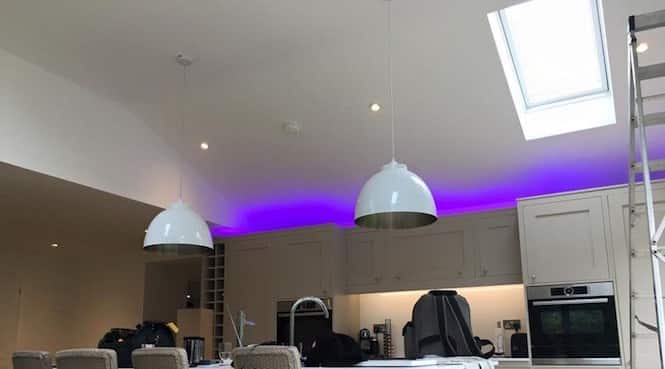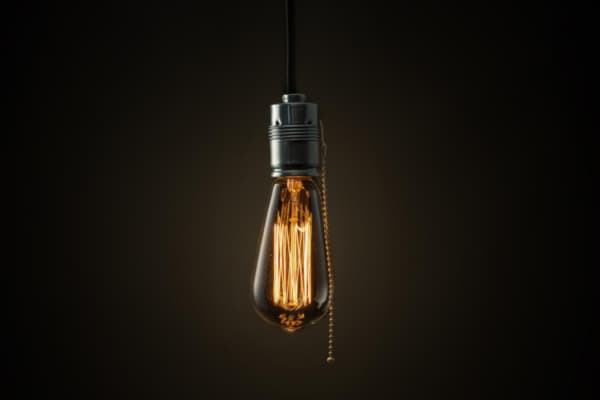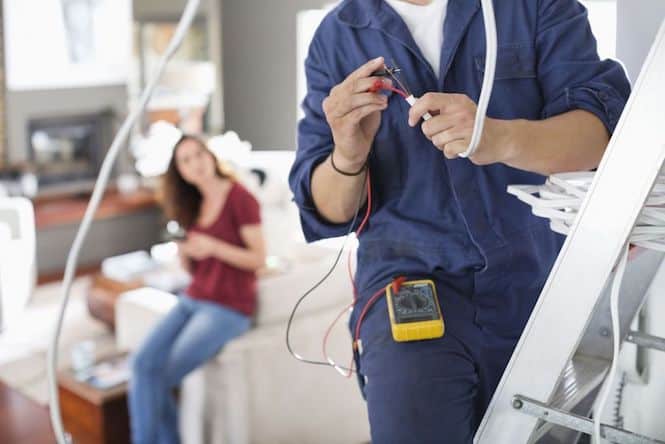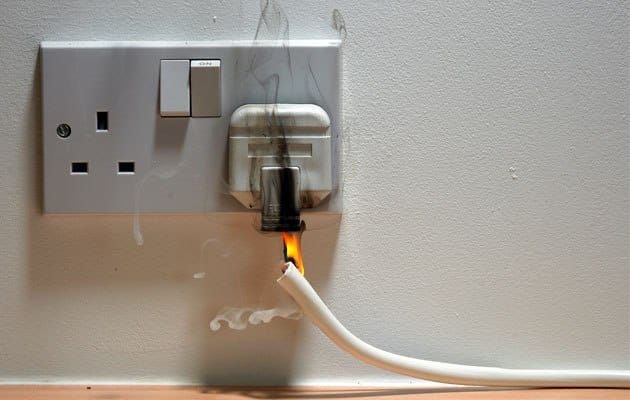Find My Local Expert Security Lighting and CCTV System Installations...
Read More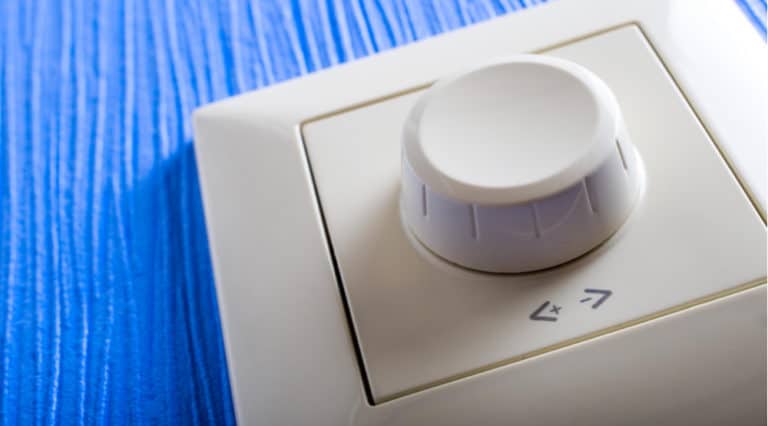
What to Do if your dimmer switch is not working
Dimmer switches are a great way to give yourself a little additional control over the atmosphere and ambience of your home without having to install entire light fixtures to achieve it. Lighting makes a huge difference in most situations, and by being able to gradually adjust the brightness of your lighting, you can fine tune the look and feel of a space to suit your needs.
But what happens when your dimmer switch stops working?
Any mechanical component is prone to wear and tear, degrading performance over time. And, although a dimmer switch is an electrical fixture, it still needs moving parts, and those parts can wear down. Dimmer switches can all start to misbehave because of damage, or simply because the switch itself was defective.
When this happens, it can be frustrating, since things like flickering lights—or no lights—are inconvenient at best, and outright irritating at worst. But it’s important to remember that the dimmer switch itself is only a small and relatively inexpensive part of the overall lighting circuit, and should not be a big problem to take care of.
In this post, I’m going to take you through the signs, causes, and courses of action to take when your dimmer switch starts acting up. So let’s get started!
Signs of Dimmer Switch Issues
For the most part, the signs of a faulty dimmer switch are the same as the signs of a faulty regular light switch, though there are some additional things to look out for.
#1 Noises Coming From Switch
Other than mechanical noises—such as the “click” when you press a light switch—electrical fixtures in your home should not make any noise in the general course of operation. If you hear a noise coming from your dimmer switch, and it definitely isn’t a mechanical noise caused by you moving the switch, that’s a definite bad sign.
Any kind of buzzing, clicking, or popping noises would indicate that something is amiss inside the switch, usually caused by an electrical contact not being as strong as it should be, forcing electricity to arc through the intervening space to complete the circuit.
#2 Visible Sparks
Much like the noise issue, there is no situation in which visible sparks from your light switches and dimmers should not be considered a big problem. If the issue with your dimmer has reached the point where it is sparking, then it has also reached a point where it has become a very real fire risk.
Essentially, the sparks are the same thing as the noise from a “cause” point of view, as a poor contact can cause the electrical field between the contacts to become ionized and conductive, in much the same way that lightning happens.
Needless to say, this is not something you want to be happening inside your home’s electrical fixtures that you regularly handle with unprotected hands. Incidentally, I’m not suggesting you get protective gloves instead of having the problem fixed!
#3 The Dimmer is Warm to the Touch
Another problem that can be put down to poor electrical connections inside the switch is the switch itself feeling warm to touch. When electricity is forced through a medium that is not quite up to the task of carrying that much electrical capacity—such as it would be if the electrical contact between two parts of a switch was reduced—it generates heat.
Regardless of the materials used in your dimmer switch’s visible components, there will be plastic elements in there, and plastic can melt when it gets warm enough. If your dimmer switch is generating heat, there is every chance it could begin to make the plastic components in the switch soft, allowing movement of the electrical contacts, and further exacerbating the problem.
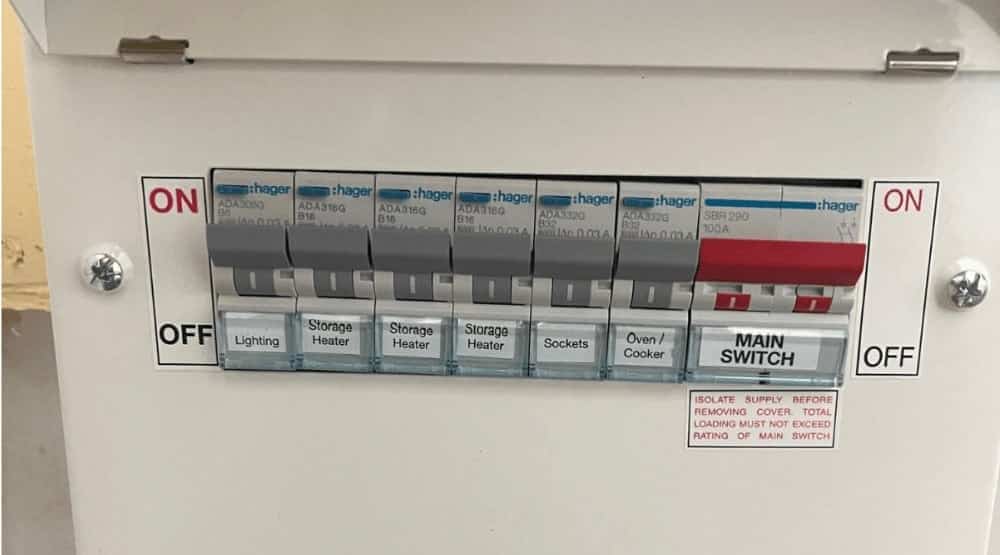
#4 Tripping Breakers/Fuses
If the breaker responsible for your lighting circuit keeps tripping off, there is definitely something wrong with your lighting. Unfortunately, this can be a little hard to pinpoint. If the breaker only trips when you turn a light on using the suspected dimmer switch, that will be a good indicator that it is the problem. However, it could be broken in such a way that it shorts constantly, which means the breaker would just trip immediately upon being reset. In those cases, it’s time to call an electrician, as the problem could be anywhere in the lighting circuit.
#5 Erratic and Finicky Behaviour
Of course, dimmer switches that just don’t behave right are an obvious sign that something is wrong. This could manifest as “dead spots” in the rotation of the dimmer, or flickering lights, or even dimming that isn’t smooth.
None of this is normal behaviour for a dimmer switch, and even if the problem is ultimately just a nuisance, and there is no real danger from electrical problems, you’ll probably still want to get it fixed. Or stop using your lights.
In reality, problems like these with your dimmer switch will rarely happen as a result of anything other than the electrical side of things. There are certain mechanical aspects that can break down, resulting in these issues, but the vast majority of the time, if there has been no physical damage to the dimmer switch, it will probably be an electrical issue causing it to not function properly.
And, speaking of the causes of faulty dimmer switches…
What Causes These Issues?
There are several things that can cause a dimmer switch to misbehave—or appear to misbehave—so I thought I’d lay a few of them out, so you know what you might be dealing with.
#1 Wrong Bulb
This is probably one of the most common problems your average homeowner faces with dimmer switches. It usually happens when the bulb breaks for the first time—as they all do eventually—for that particular homeowner, and they replace the bulb, not knowing that not all bulbs are dimmable. These days, there is a vast selection of bulb types that are dimmable, but not all of them are, and you need to make sure the box says the bulb is dimmable when you buy.
Bulbs that aren’t dimmable will behave in all manner of unwanted ways, such as flickering constantly, or not lighting until the dimmer is turned up to full, whereby they will come on all at once.
#2 Physical Damage
If your dimmer switch has undergone some kind of physical trauma, such as something heavy falling against it, and it hasn’t worked right since, it’s a safe bet that that is the cause of your problems.
The impact may have knocked a wire loose or even damaged the mechanisms inside the dimmer switch itself. Regardless of what the actual problem is, you are probably going to need to replace the switch to get your lights working properly again.
#3 Water Damage
If you’ve had any problems with water, such as a burst pipe in the floor above, or some kind of flooding that might have allowed water to seep up the walls to where the switch—or even someone, somehow, spilled a drink over the switch—it could have caused a short in the switch’s circuit.
This will typically cause your breaker to trip—as mentioned above—because the two sides of the circuit are being shorted out by the water.
#4 Wear and Tear
As I mentioned earlier, dimmer switches contain moving parts, and nothing that contains moving parts is immune to wear and tear. Over time, your dimmer switch will need replacing from simple use. Of course, the more you use your dimmer switch, the shorter its lifespan will be.
I should point out that we are not talking for months, here. You should expect to get many years of normal use out of a dimmer switch before there is any fear of it starting to break down from wear and tear.
External Electrical Problems
When there are issues with your electrical supply, your lights are often the first thing to show signs of those issues. Surges will cause your lights to brighten, dips will cause them to dim, and unsteady supply will cause them to flicker. If the only light around you when electrical issues affect your property is controlled by a dimmer switch, it would be understandable to suspect the switch of being the culprit.
What's the best thing to do?
There are many courses of action to take depending on the actual cause of the problem, with most issues that are down to the actual dimmer switch requiring—at the very least—a replacement dimmer switch.
However, the one universal course of action I can recommend is to call an expert.
Dimmer switches, though they may seem like minor fixtures, still have a large amount of electricity flowing through them, and it is extremely dangerous to go fiddling with them if you don’t know what you are doing.
Before you call an electrician, however, you might want to try a few simple checks to make sure the problem is in the switch. These include trying a different dimmable bulb, and making sure there are no wider electrical issues that could be causing your lights to misbehave.
You May Also Like...
Installation of Indoor or Outdoor Lighting
Find My Local Expert Installation of Indoor and Outdoor Lighting...
Read MoreHow to Replace a Pull Cord Switch
Find My Local Expert How to Replace a Pull Cord...
Read MoreEmergency Electrician Service
Find My Local Expert when you need an emergency electrician...
Read MoreElectrical Fault Finding
Find My Local Expert Understanding Electrical Fault Finding An electrical...
Read MoreHave your Dimmer Switch Checked!
My Trusted Expert Guarantee
Experts Have Been Vetted & Approved
